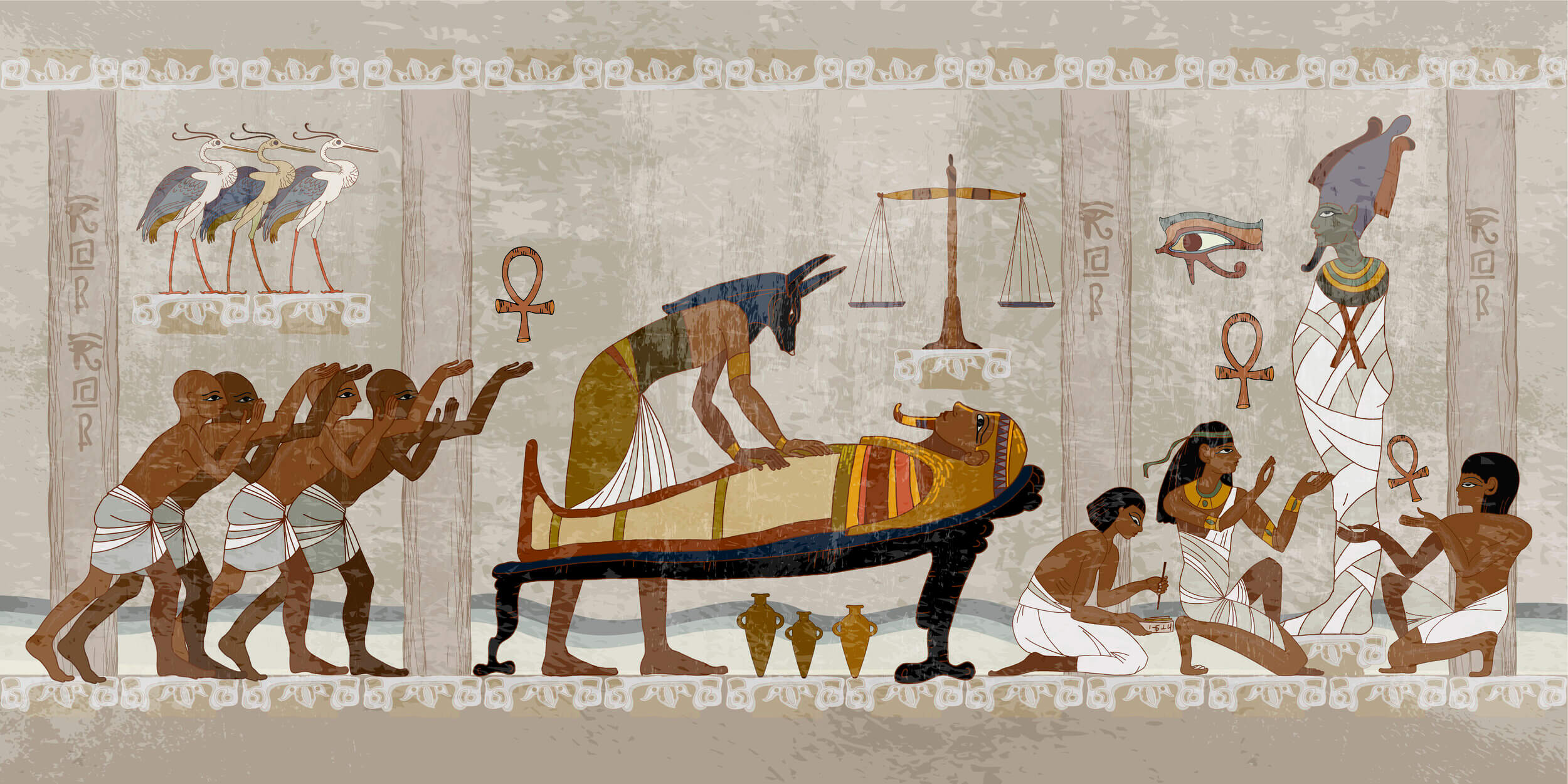
Ancient Egyptian Mummification Process Revealed (Video)
How were ancient Egyptians mummified?
By: Robbie M. | Historic Mysteries
Unveiling the secrets of ancient Egyptian mummification, a fusion of millennia-old rituals and modern medical science has emerged. Egyptologists are utilizing cutting-edge technology to virtually unwrap mummies, preserving these time-honoured relics without physical harm.
The meticulous process of mummification, aimed at ensuring a prosperous afterlife, involved the removal of internal organs, preservation with natron, and elaborate wrapping ceremonies. The amulets placed within the layers of linen held profound significance, intricately tied to the beliefs detailed in the “Book of the Dead.”
This sacred text, a guide to navigating the perilous journey to the afterlife, played a pivotal role in ancient Egyptian spirituality. A quest for immortality, the “Book of the Dead” was not only a spiritual compass but also a status symbol, with priests assisting in the selection of spells tailored to individual needs.
Originally an exclusive practice for pharaohs, the widespread embrace of the afterlife concept influenced social dynamics, extending even to emerging middle-class individuals. The profound impact of ancient Egyptian beliefs is speculated to have transcended cultural boundaries, leaving an indelible mark on subsequent religions.
* * *
NEXT UP!
700,000-Year-Old Skull Found In Greece Completely Shatters ‘Out of Africa Theory’
In 1959, a human skull, that has been dated back 700,000 years and is now known as the “Petralona Man” or the “Archanthropus of Petralona,” was unearthed. Since that time, researchers have been pondering the question of where exactly this skull came from, which has sparked a significant amount of discussion.
The skull, which was found lodged in the wall of a cave in Petralona, located close to Chalkidiki in Northern Greece, is considered to be the oldest human “Europeoid” (showing European traits). A shepherd accidentally discovered the cave, which was filled with stalactites and stalagmites. In the following years, researchers also unearthed a vast quantity of fossils, which included pre-human species, animal hair, petrified wood, stone and bone tools, and other artefacts.
The President of the Petralona Community gave the skull to the University of Thessaloniki in Greece. The agreement stated that once the investigation was completed, a museum displaying the findings from the Petralona cave would be opened, and the skull would be returned to be displayed in the museum. However, this promise was never fulfilled.
* * *
READ MORE: The Mummified ‘Giant Finger’ of Egypt: Did Giants Really Once Roam On Earth?
Read more on Ancient Egypt: 3,600 Year Old Pits Full of Giant Hands Discovered In Egypt
Enjoyed it? Please take a moment to show your support for Collective Spark.
We’d love to hear from you! If you have a comment about this article or if you have a tip for a future Collective Spark Story please let us know below in the comment section.
